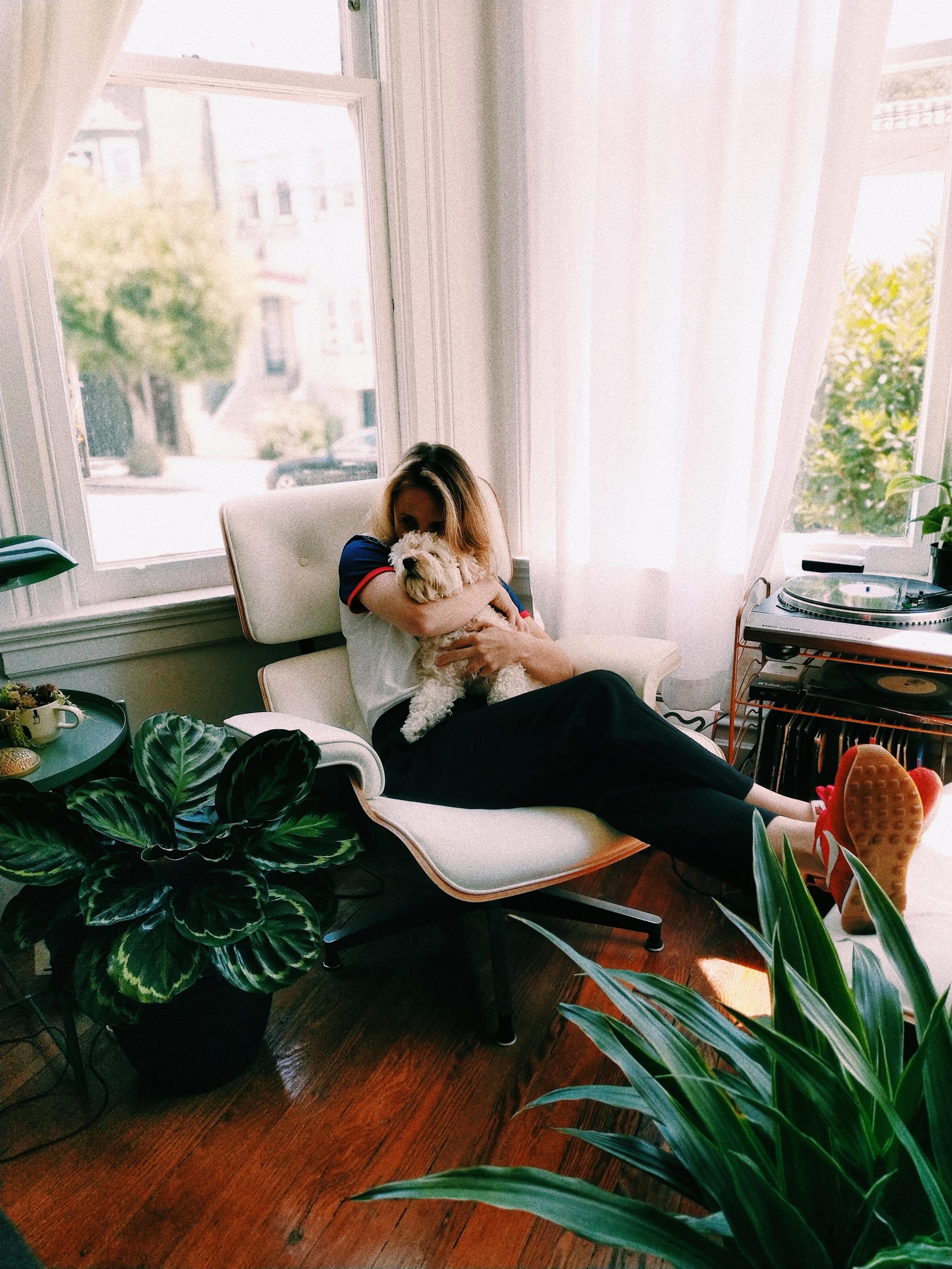Are you looking for an apartment to rent and you are still hesitating between the types of rentals available to you? On real estate announcements, we find both empty and furnished apartments, shared apartments or even student rentals. Find the main assets and limitations of each choice… Knowing that your decision will depend above all on your needs.
Student rental: economical, but not always immediate
If you have full-time student status, you can apply for student accommodations: to do so, you must register your application with the Student Housing Unit of the University of Luxembourg. With rents ranging from €350 to €590 per month, occupants benefit from an apartment fully adapted to their needs, already furnished and equipped. Even better, the residences are located a few steps from the university campuses.
Victims of their success, these projects have long waiting lists: available housing remains scarce, you must be patient and cross your fingers to access these apartments.
Furnished rental: often more expensive, but ideal for a few months or years!
For the same surface area and with similar characteristics, a furnished apartment will be more expensive than an empty apartment. But if you are studying, you probably lack the financial resources to buy furniture and the time to find your accommodations: you need to settle quickly to start the year in good conditions. When time is short, and you are moving in for a short or medium term, the furnished apartment appears to be the best solution: all you have to do is deposit your baggage.
“For the same surface area and with similar characteristics, a furnished apartment will be rented for more than an empty apartment.”
Find our ads on:
On the other hand, when you choose this lifestyle, you can’t really customize your rooms, because they are already equipped. You must know how to adapt to the existing situation, and not be bothered by the idea of using furniture that does not belong to you.
“Bare” rental requires organization, but is accessible
On the rental property market, there is a wide range of “bare” apartments, offered without any furniture. They are generally more numerous than fully equipped housing, and subject to generally lower rates. Once the lease is signed, you have complete freedom over the layout, the decorative choices and the purchase of furniture.
If you need a pied-à-terre very quickly, a home without furniture may delay your installation. Indeed, you will have no choice but to finance your own equipment, expenses that will be added to those of the move (agency fees, security deposit). “Bare” rentals are mainly aimed at long-term projects but will not be of interest to students or temporary workers, who may have to change cities at any time.
“If you need a pied-à-terre very quickly, a home without furniture may delay your installation.”
Shared accommodations: an economic alternative that involves concessions
If you need a home that is ready to occupy and not too expensive in terms of rent, shared accommodation may respond to your expectations. Of course, living with others requires a real organization – but many people thrive completely in this system.
Our advice: before entering a shared apartment, make sure you check what type of lease is signed and what the implications are. Single leases with a solidarity clause require all tenants to pay the full rent (if one of them accumulates unpaid rent, the others must pay more to pay the full amount to the landlord). On the other hand, the independent contract protects you, because you only have to pay your share of the rent.
Each type of rental involves dealing with advantages and disadvantages: choose yours according to your own project (and don’t hesitate to ask for advice in an agency).

